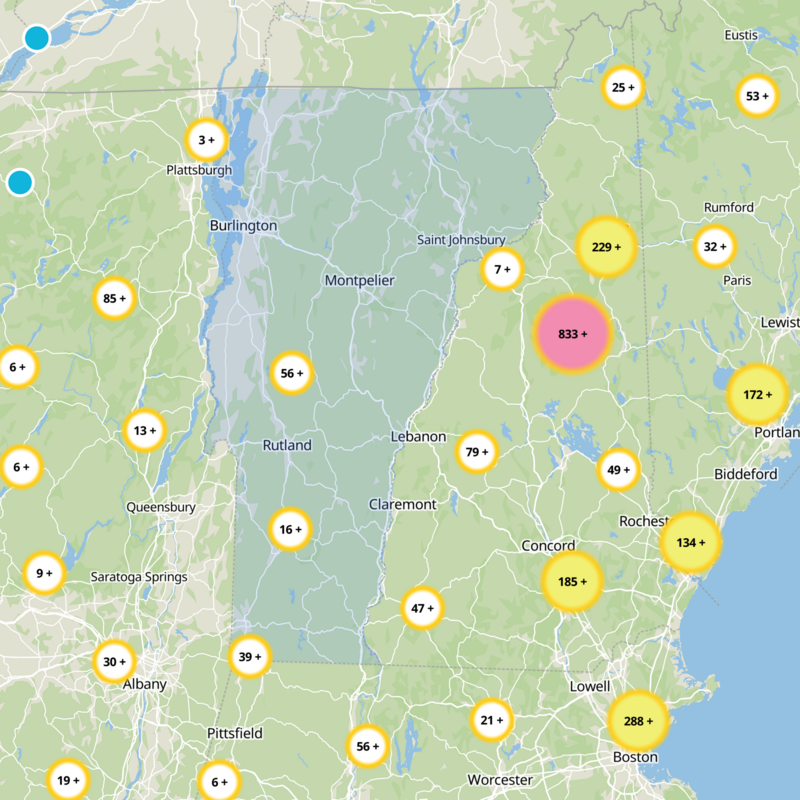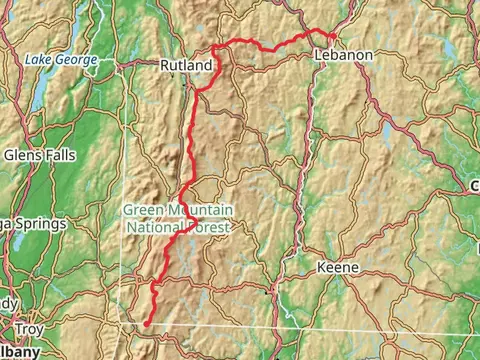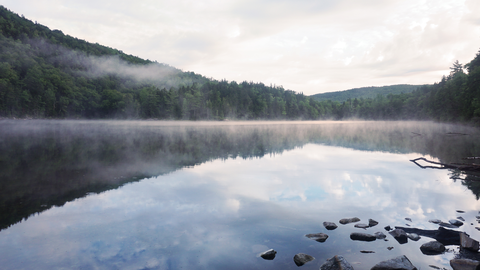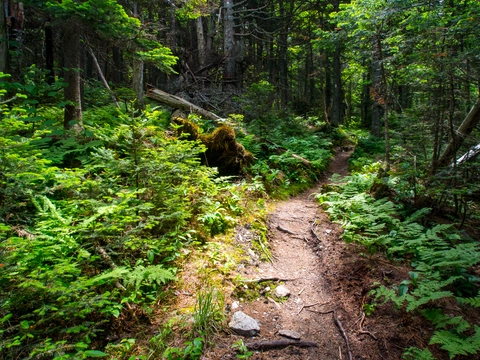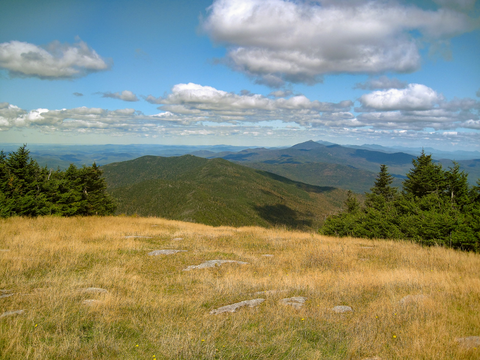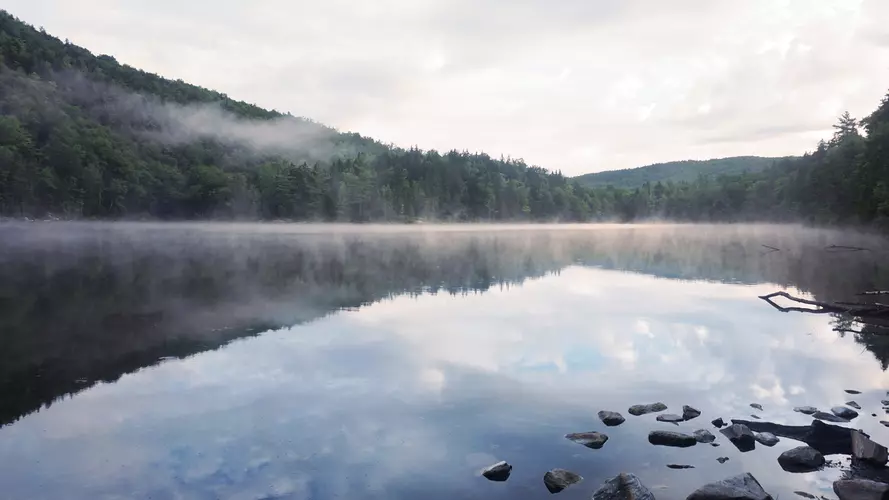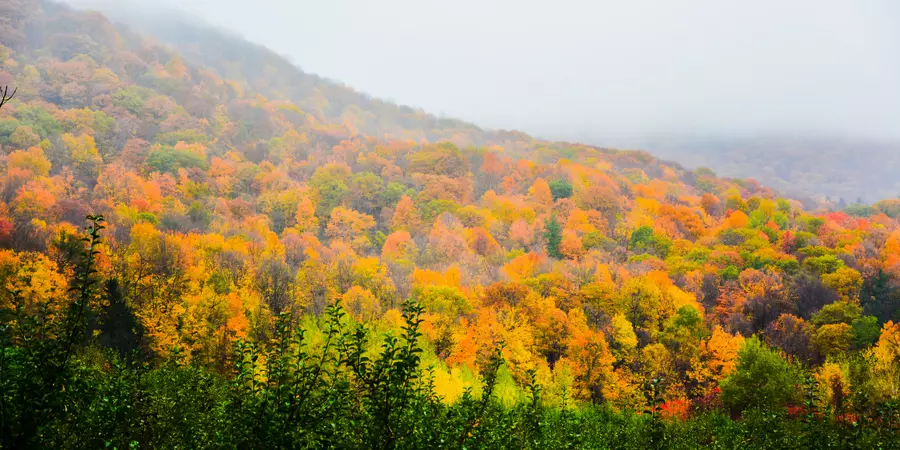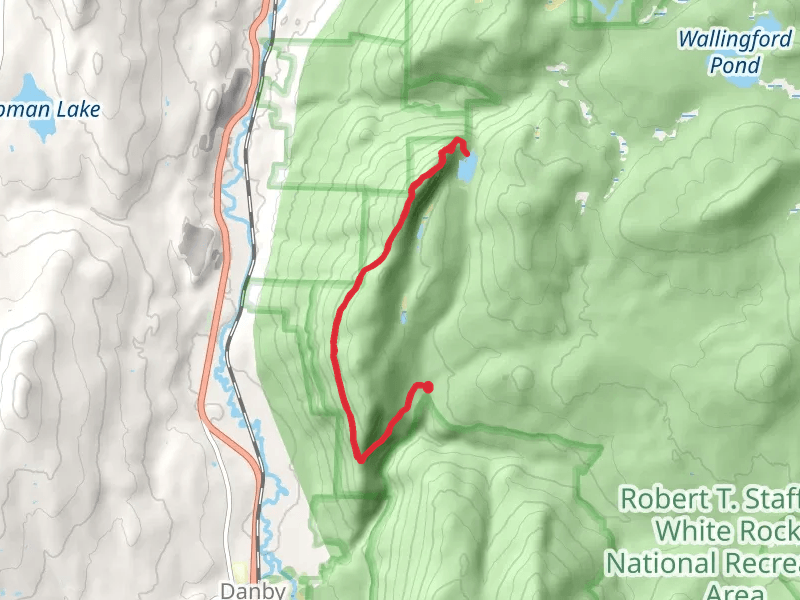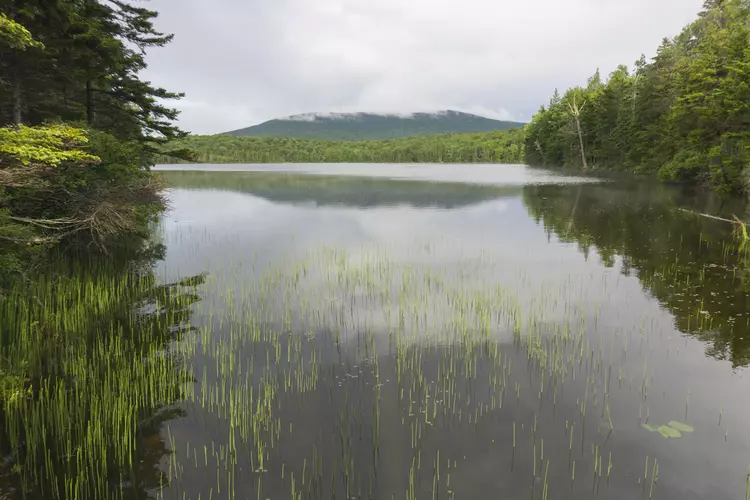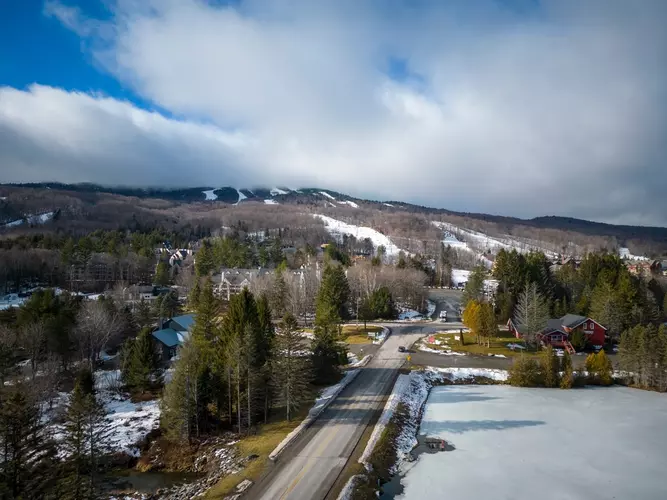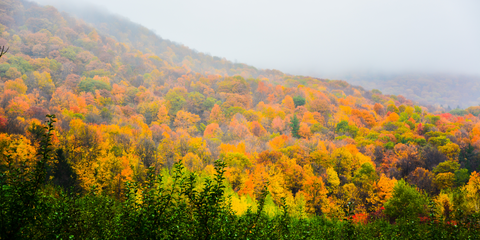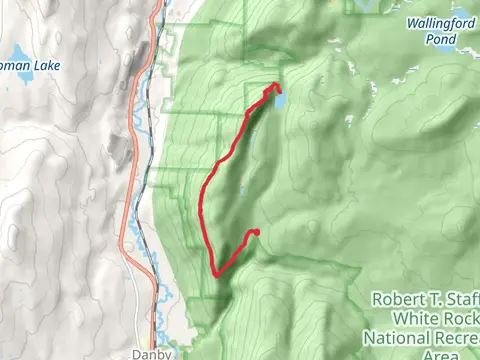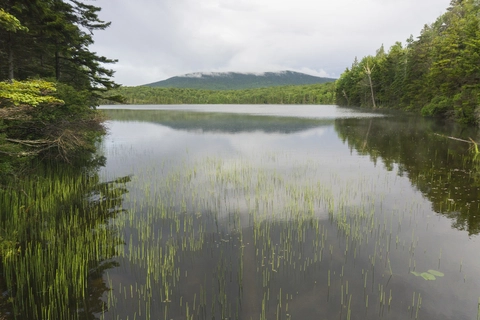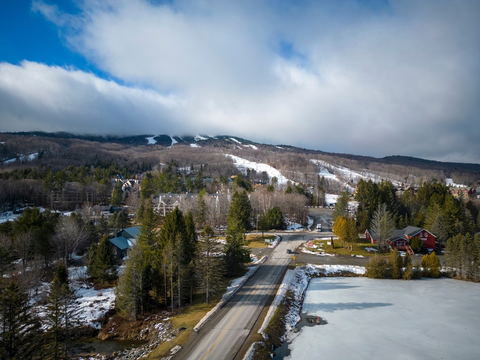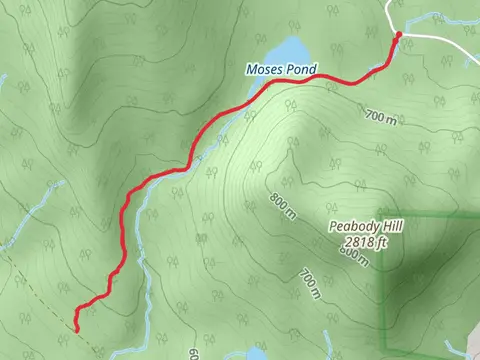"Vermont's trails offer stunning vistas and serene landscapes, perfect for nature lovers year-round."
Vermont's trails are a hiker's paradise, weaving through lush forests, rolling hills, and serene landscapes. The Long Trail, America's oldest long-distance trail, offers breathtaking views of the Green Mountains, while shorter paths like the Stowe Pinnacle Trail reward with panoramic vistas. Each season paints the scenery anew, from vibrant fall foliage to tranquil snow-covered paths. Embrace the tranquility, discover hidden waterfalls, and connect with nature in Vermont's enchanting wilderness.
Most popular hikes
FAQs about hiking in Vermont






